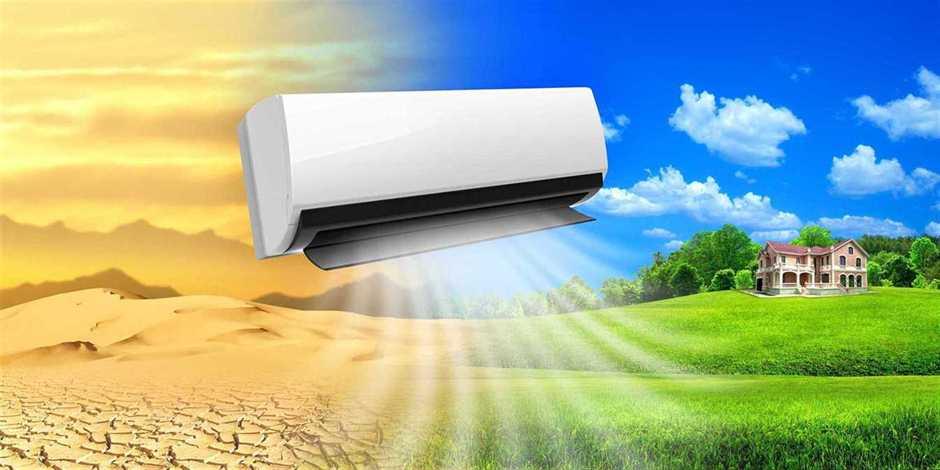
Improving the environment means more than donating your old couch to charity instead of tossing it in the local landfill. We have made great strides toward reducing our overall impact on the environment around us, but we still have a lot more to learn and do. Science is continuously improving the green technologies that aid us with heating and cooling our homes and businesses. Take a look at these top ten technologies that you might want to consider for your home.
Geothermal Heating and Cooling
Geothermal heating and cooling technologies use the temperature of the ground to influence the temperature that is pumped into your home. In the winter, the earth is able to warm up the air. In the summer, the heat is absorbed by the liquid and pumped out of the home using the same system.
Solar Heating
The sun is responsible for warming a special fluid that later gets transferred into your home for a radiator or radiant floor heating. It may also tap into your central air system.
Pellet Stoves
Pellet stoves are a great addition for small spaces that need to be heated in the winter. They are efficient and make good use of products like sawdust that might otherwise be considered waste.
Wind Power
Small wind turbines can rotate quickly enough on a windy day to warm up a copper plate. This plate then heats up the water that flows through the pipes into the home to warm it up. The heat is then pumped into the home to raise the temperature or to heat the water naturally.
Biodiesel
Biofuels are combined with heating oil and burn in a conventional oil furnace. However, this technology reduces the number of pollutants that are pumped into the atmosphere as a result of this type of burning.
Passive Solar Heating
Passive solar heating is different from active solar heating. With this method, the building stores up the sun’s energy in the walls, windows, and floors. You may still need mechanical equipment to keep your temperature stable with this method.
Hydronic Heating
Using solar or geothermal energy, hydronic heating stores up hot water in a set of pipes. These hot water pipes are then run under the floorboards, through radiators, or along the baseboards to take the chill out of your air.
Absorption
Absorption heat pumps are very similar to normal heat pumps except they are driven by natural gas instead of electricity. They also use a water-ammonia solution in place of traditional refrigerant. During the winter, the solution absorbs heat from the earth to keep your home warm. In the summertime, it releases heat back into the outside atmosphere.
Ice-Powered Air Conditioners
Ice Energy has manufactured a system that turns water into ice. The machine then uses this ice to cool down your home and run your air conditioning unit. The ice is made and stored at night so that you have plenty of cold air during the day.
Green Coal
There is such a thing a green coal. Scientists can use the carbon in the coal to strip the oxygen out of water and make their own clean-burning hydrogen gas for fuel. The gas runs a turbine which produces electricity before the remaining gasses are pumped underground.
Constant Technological Growth
We live in an amazing time where science is constantly expanding our lives. Our green technology is making it easier and more efficient than ever to heat and cool your home. If you are ready to make the leap with any of this technology for your own home, be sure to contact Provincial Heating and Cooling, your heating contractors in Winnipeg!

